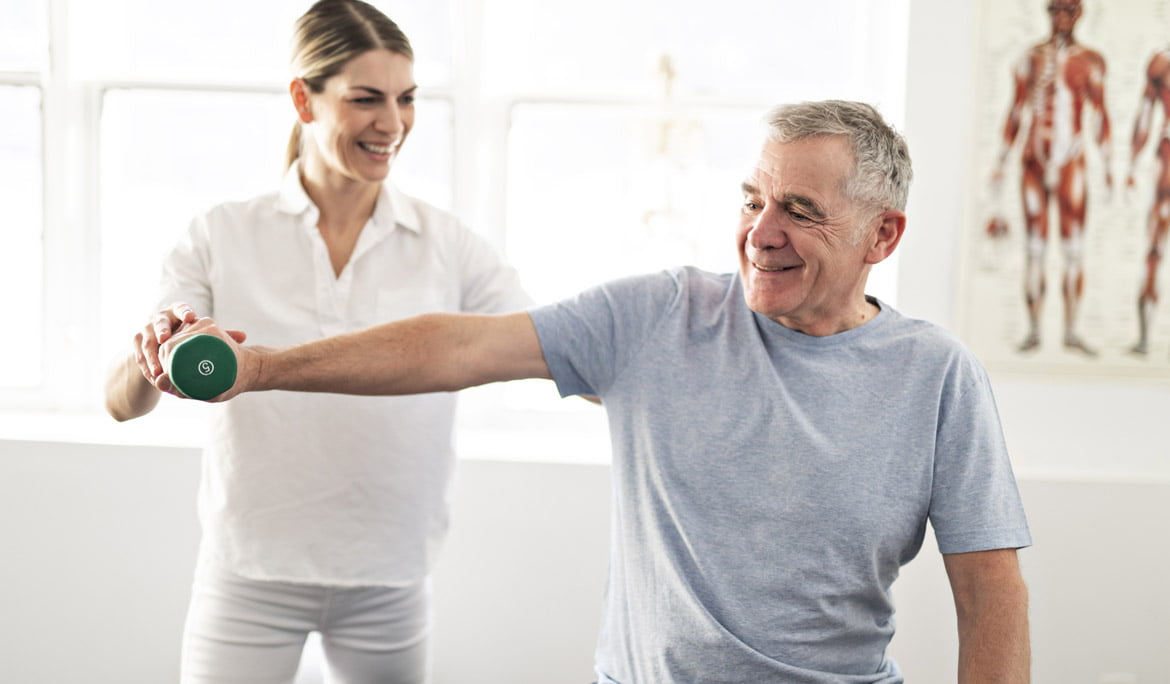To achieve our therapeutic goals, we employ a combination of passive and active interventions in physiotherapy. Passive interventions involve treatments performed on the patient, while active interventions involve actions performed by the patient.
Passive interventions encompass a range of modalities, including dry-needling, taping, strapping, manual therapy mobilizations, tractions, electrotherapy, and the application of heat and ice packs. These interventions are particularly effective for pain relief, especially in the acute stages of an injury.
On the other hand, active interventions aim to enhance core components of fitness, such as muscle strength, cardiovascular fitness, muscle endurance, body composition, and flexibility. These interventions target functional deficits resulting from injury or illness, or they may focus on overall fitness to prevent health issues. For instance, pre-surgery “prehab” can significantly reduce post-surgery recovery time.
Our ultimate goal in physiotherapy is to help you achieve a fit and strong body, capable of performing various activities, whether on a sports field, at work, or in your daily tasks at home. We refer to this sense of capability as self-efficacy.
Active interventions are especially valuable because they allow you to observe how your body responds to increased demand. For example, when aiming to strengthen a specific muscle group, we gradually adjust the exercise parameters—repetitions, sets, intensity, or frequency—over weeks, allowing you to witness the muscle’s increasing strength and ability to handle higher workloads. This gradual increase is known as progressive overload.
When selecting exercises, we prioritize shared decision-making. This involves collaborating with you to determine the most suitable exercises that can be seamlessly integrated into your lifestyle while achieving treatment objectives. Your input is crucial because consistency is key in long-term exercise rehabilitation.
While much of our work addresses specific injuries or functional deficits, we also emphasize the importance of overall physical activity for a healthy lifestyle. General guidelines recommend different levels of physical activity for various age groups:
- Ages 2-18: Engage in moderate to vigorous activity for at least 60 minutes a day, including bone- and muscle-strengthening and flexibility exercises three times a week.
- Ages 18-64: Aim for five days a week of moderate-intensity activity (or 150 minutes a week).
- Ages 65+: Focus on five days a week of moderate-intensity activity (or 150 minutes a week), with an emphasis on aerobic activity, muscle strengthening, and balance exercises.



